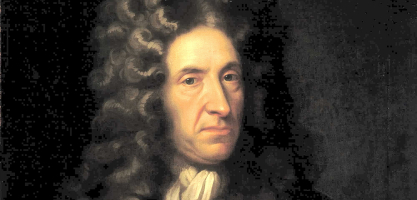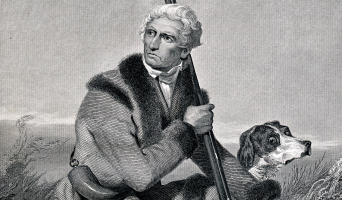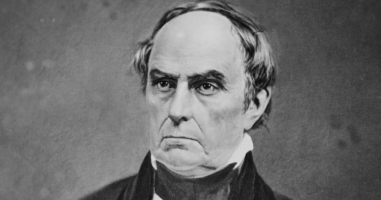Top 8 Interesting Facts About Daniel Fahrenheit
Daniel Gabriel Fahrenheit, a German scientist and glassblower, devoted his life to research and creativity. On this date in 1686, May 24, Fahrenheit was born. ... read more...Fahrenheit created the current mercury thermometer in 1714. The mercury-in-glass thermometer and the scale used to measure temperature are inventions attributed to the guy. Here are some interesting facts about Danial Fahrenheit.
-
One of some interesting facts about Daniel is that he was born into a wealthy family. An intriguing aspect about Daniel Fahrenheit is that he came from a wealthy merchant family, in contrast to many scientists and innovators who went on to have tremendous success in life. Fahrenheit was a rich merchant family descendant who, in the middle of the seventeenth century, had relocated from Königsberg to Danzig. Daniel, his father, wed Concordia Schumann, a Danzig wholesaler's daughter.
Daniel was the oldest of the five children born from this relationship, which included three girls and two boys. In May 1686, he was born. The family spent some time in Danzig (now Gdansk) after Daniel Fahrenheit's marriage to Concordia Schumann, a well-known businessman's daughter. Fahrenheit's guardian sent him to Amsterdam in 1701 to study commerce after his parents unexpectedly passed away. Evidently, it was there that Fahrenheit first learned about and developed a fascination for the relatively niche and fast-expanding industry of manufacturing scientific equipment.
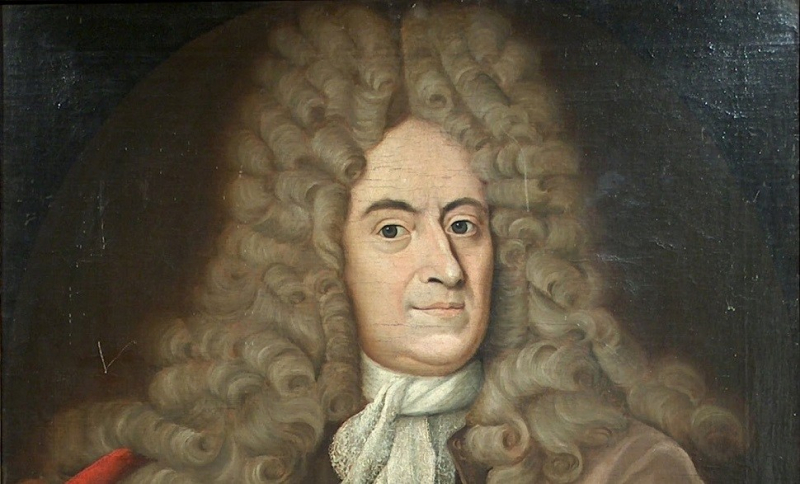
Source: History And Biology 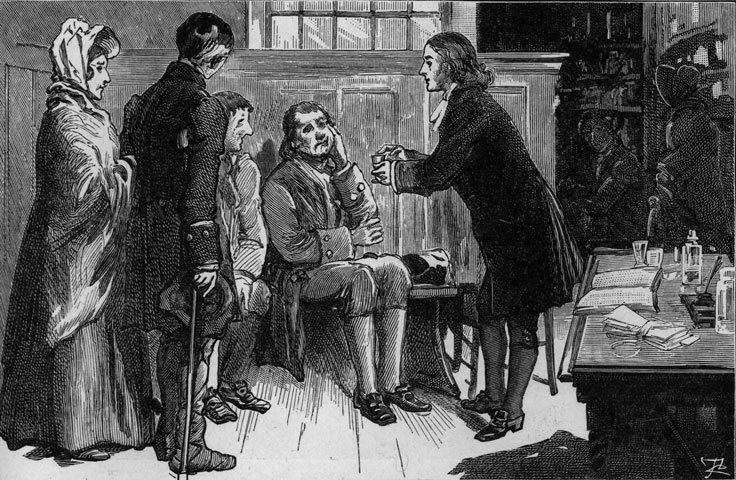
Source: UM News -
The family relocated a number of times after Fahrenheit was born. The family spent a significant amount of time residing in several Hanseatic cities. Fahrenheit traveled alone a lot over his lifespan. Gabriel first became aware of his developing interest in natural science while visiting locations like Dresde, Leipzig, Halle, Berlin, Copenhagen, and other towns. Being a coastal native, Fahrenheit was always fascinated by how the weather and temperature changed. He spent some time in England, where he even succeeded in joining the Royal Society.
People frequently associate Fahrenheit's life with the US or maybe the UK because he was the scientist who devised the temperature scale that bears his name. Fahrenheit initially traveled to the UK in 1724, but he never visited America. He was born in a Polish-Lithuanian Commonwealth city, and he never even left the continent. His most well-known creation, after the renowned scale, was the mercury-in-glass thermometer. The majority of his life he spent in the Dutch Republic (The Hague).
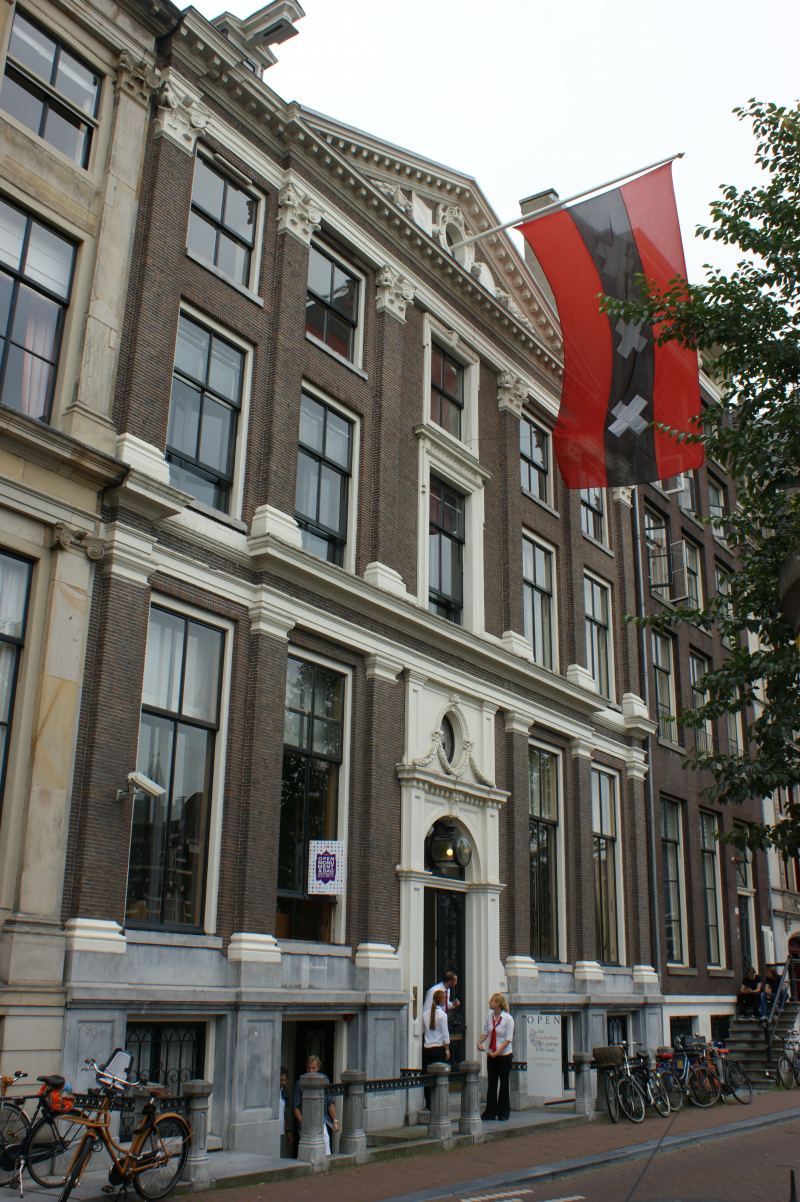
Source: Wikipedia 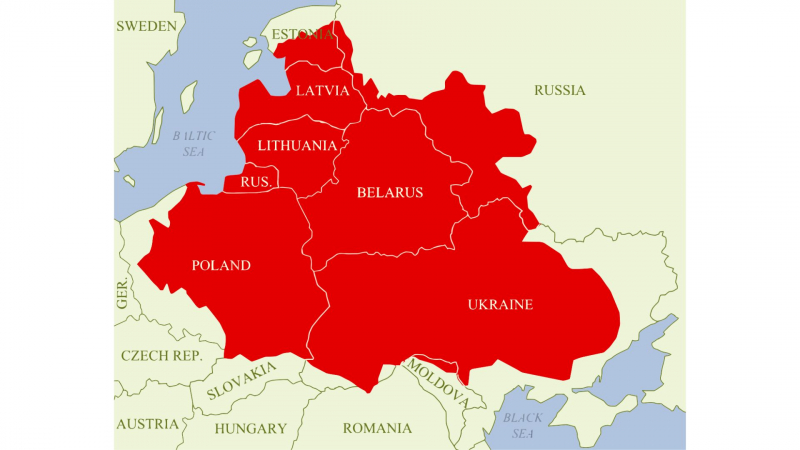
Source: Wikipedia -
One of some interesting facts about Daniel Gabriel Fahrenheit is that he had a varied career. Fahrenheit relocated to Amsterdam following the passing of his parents. He was given the opportunity to work as a shopkeeper and spent some time learning about trading. His passion for the natural sciences, however, outweighed his interest in trade. He changed his focus to physics and began doing active experiments and research. He also succeeded in making a name for himself as a talented creator of tools and glassblowing.
After his parents passed away on August 14, 1701, after eating toxic mushrooms, Daniel Gabriel started his schooling as a merchant in Amsterdam. He was raised in a wealthy environment as the son of the businessman Daniel Fahrenheit and Concordia Schumann and had a business education. However, Fahrenheit started researching and conducting experiments in the natural sciences as a result of his enthusiasm for that subject. Fahrenheit later made his home in Amsterdam, where he worked as a glassblower and developed a chemistry-related interest. He became acquainted with the Dutch scientist Willem Jacobo Gravesande, and as a result of his guidance, he left his employment to focus on experimental physics.
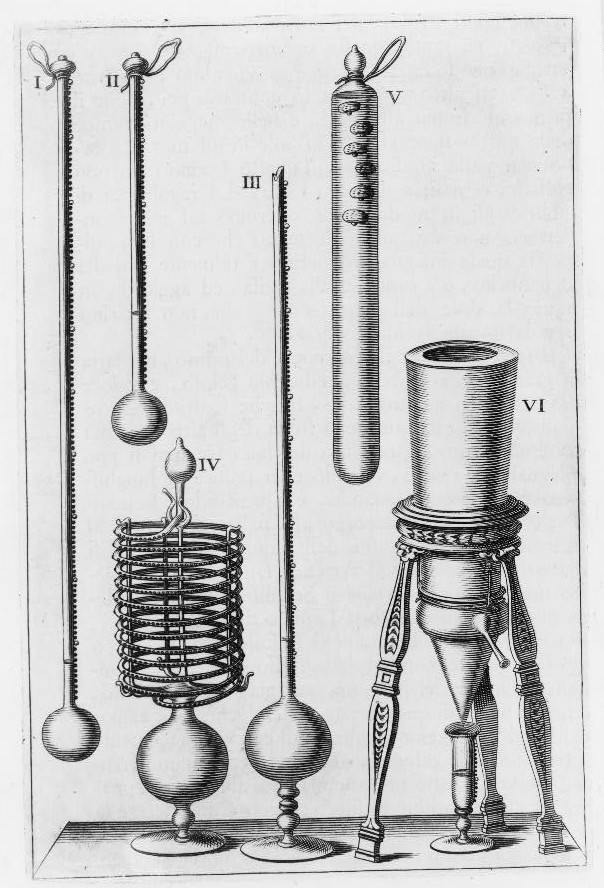
Source: The History Blog 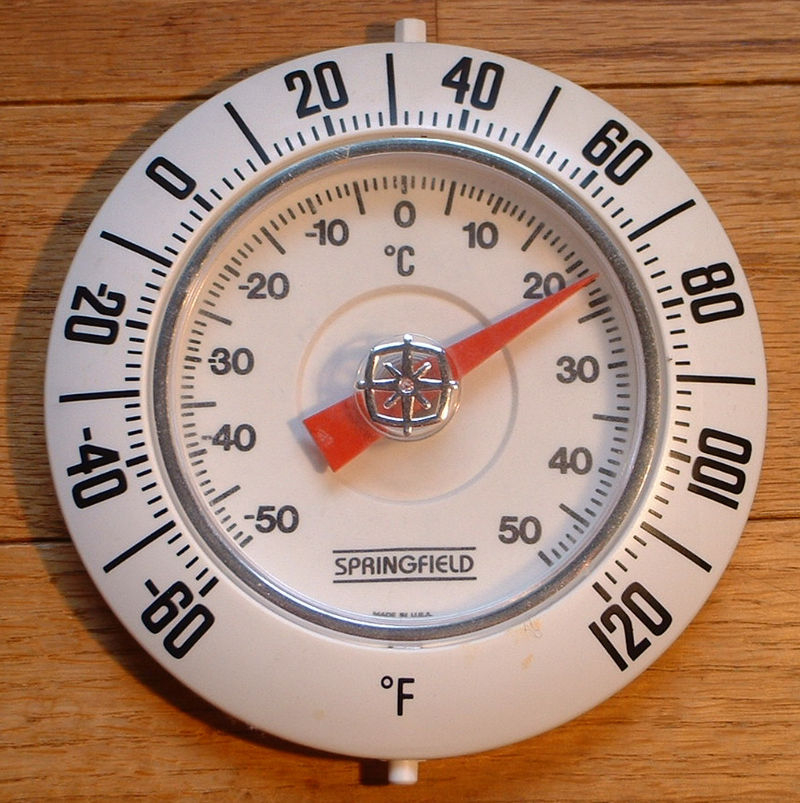
Source: Prabook -
One of some interesting facts about Daniel Fahrenheit is that the boiling point of water and other liquids was determined by him. Fahrenheit lived in the Netherlands for most of his life, where he dedicated his time to the study of physics and the creation of accurate meteorological equipment. His studies were on the boiling points of different liquids, the solidification of water in voids, and the potential for producing liquid water at temperatures below its typical freezing point. A significant detail about Daniel Fahrenheit is that he used his experiments to come to the conclusion that variations in air pressure may affect the boiling point of water.
Fahrenheit first uncovered the so-called supercooling water phenomenon. According to the phenomenon, water can be chilled to its freezing point without turning into ice. He began to question the accuracy of the freezing and boiling temperatures of water as a result of these discoveries. Later, he made the decision to utilize the 0 to 212 degree temperature scale.
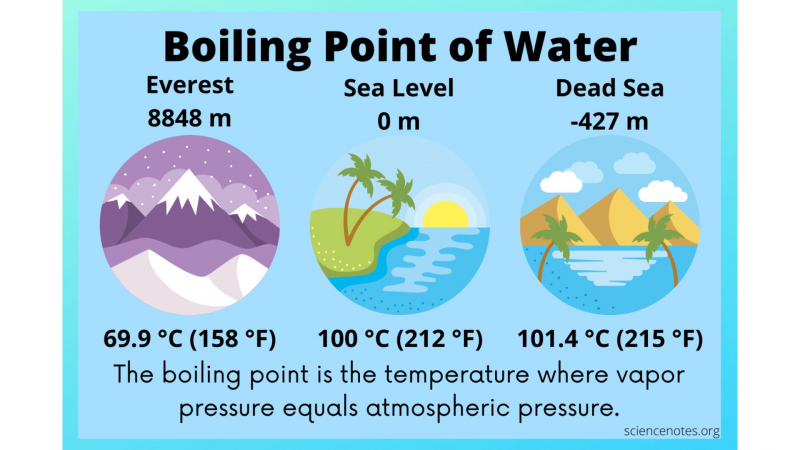
Source: Science Notes 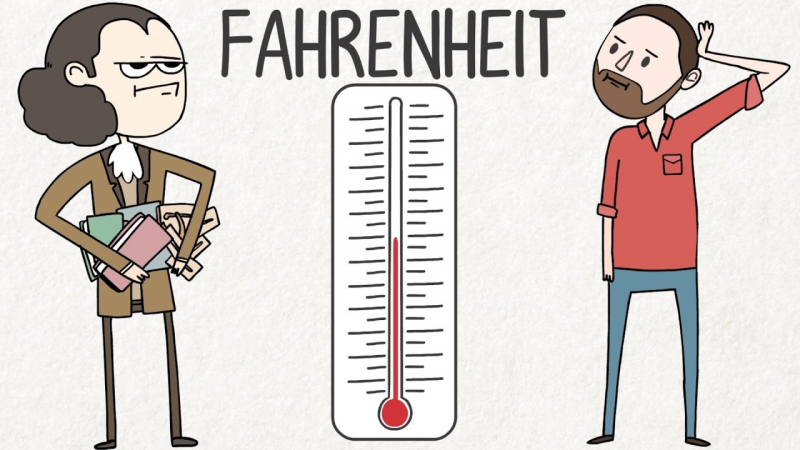
Source: Veritasium -
Fahrenheit's guardian sent him to Amsterdam in 1701 to study commerce after his parents unexpectedly passed away. Evidently, it was there that Fahrenheit first learned about and developed a fascination for the relatively niche and fast-expanding industry of manufacturing scientific equipment. He started his years of traveling around the year 1707, during which time he observed the methods used by other scientists and instrument builders to learn the tricks of their trade.
Fahrenheit was busy creating thermometers before coming up with the concept of a temperature scale. In 1714, the first two thermometers were created. Those thermometers measured alcohol. Fahrenheit began researching and working with mercury a little later. He finally decided to switch alcohol for mercury. Fahrenheit is credited with creating the most accurate and valuable thermometers. Nearly two decades passed following the creation of the first mercury thermometer before the precise manufacturing method for the thermometers was discovered. Fahrenheit also created the thermobarometer, which uses the water's boiling temperature to calculate barometric pressure.
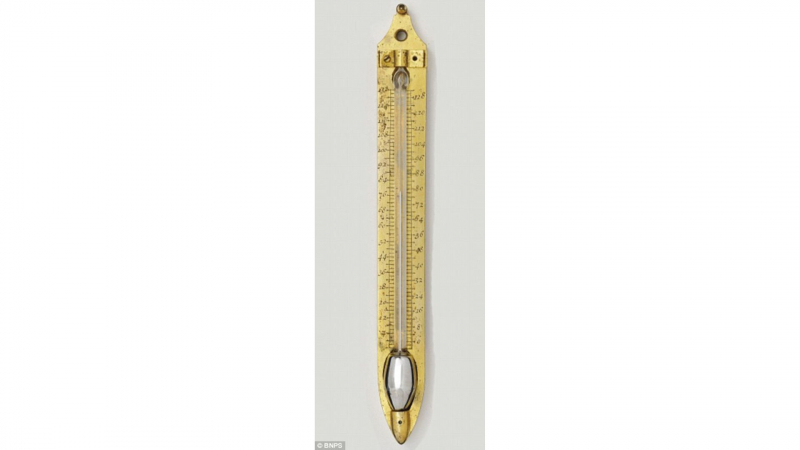
Source: Daily Mail 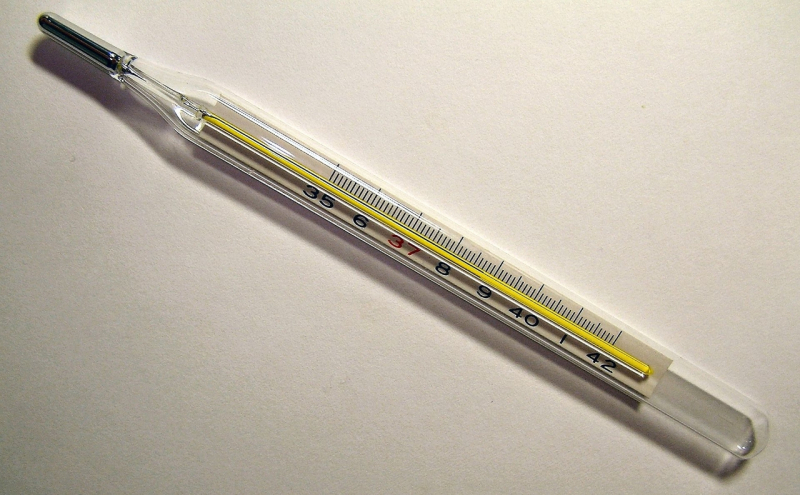
Source: Prabook -
The average body temperature of people is 37 degrees Celsius, or 98.6 degrees Fahrenheit, according to a study conducted in Leipzig in 1851 by a German physician by the name of Carl Reinhold August Wunderlich. Wunderlich's standard continues to serve as a guideline for medical practitioners even though it is known that differences do exist from person to person. However, recent research published in eLife reveals that average temperatures are declining—at least in the United States—a pattern that has been noted in medical records going back more than 150 years.
According to an earlier study, Wunderlich's average may have been a little bit high. For instance, researchers from the University of Maryland found that the average temperature among 148 individuals was 36.8 degrees Celsius, or 98.2 degrees Fahrenheit. The mean oral temperature was 36.6 degrees Celsius, or 97.9 degrees Fahrenheit, according to a 2017 study of almost 35,000 British patients. Some specialists came to the conclusion that Wunderlich's measurements were just wrong. However, a recent study from the Stanford University School of Medicine claims that the human body is really cooling.
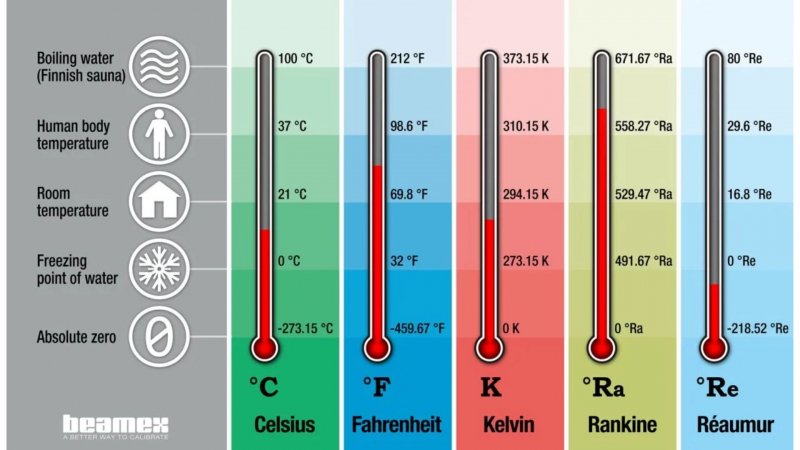
Source: blog.beamex 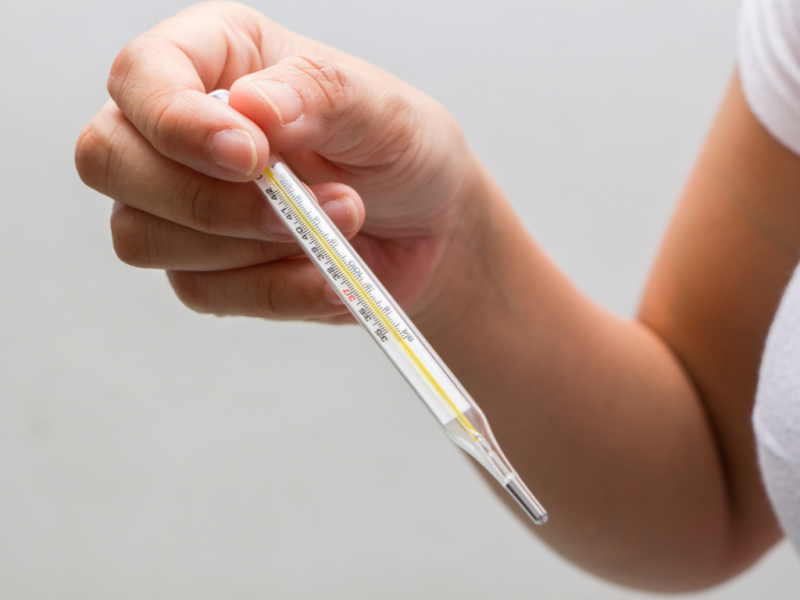
Source: Live Science -
When he was 15 years old, Fahrenheit lost both of his parents. A tragic detail regarding Daniel Fahrenheit is that he and Concordia Fahrenheit perished after consuming toxic mushrooms.
Daniel Gabriel Fahrenheit, Reinhold's middle child, was his father. Despite not knowing his precise birthdate, it was assumed he was born in 1656 based on when he passed away and his age at the time of death. Concordia, his mother, was born in 1657 and christened on January 20. Despite being young, she had two little sons and was the widow of Friedrich Runge, who passed away before her. She was descended from the Schumann family, one of the most notable in the city's past.
There is no information about his upbringing and schooling, either. He is not included in the Academic Gymnasium student registration. He most likely had a conventional education while he was training for the position at his father's business. When their father passed away, Daniel was too young to assume his responsibilities, but his older brother did, and it was likely he who made the decision for Daniel's continued schooling.
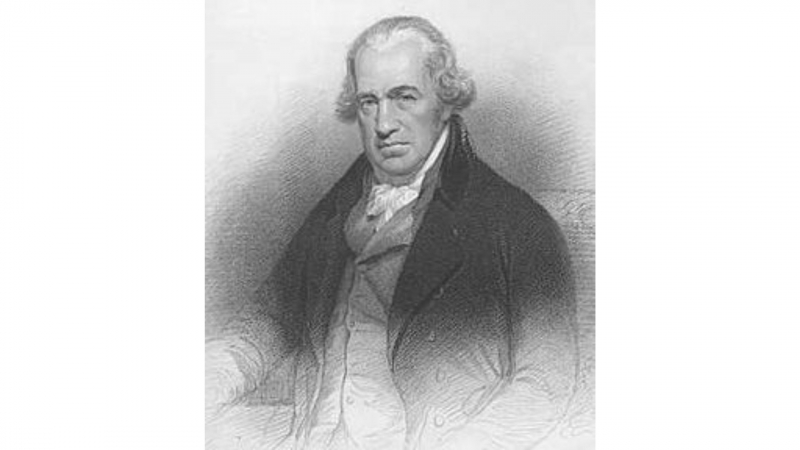
Source: Find A Grave 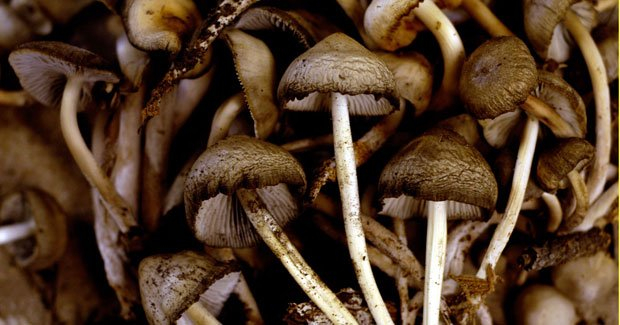
Source: Australian Geographic -
Fahrenheit first introduced the renowned and frequently used temperature scale in one of his publications in 1724. There were three predetermined temperature points in it. Some scientists believe that a change in Fahrenheit units is what an average human body can detect when a mixture of water, ice, and salt has to be prepared in order to reach the lowest temperature point (0 oF). After that, it was essential to wait until the substance's temperature reached equilibrium. Throughout the whole winter of 1709, this was the temperature in Danzig.
The thermometer was put in calm water, on the surface of which ice began to form, and the second point (F) was awarded. The thermometer was positioned under the arm and in the mouth before being given the third point (96oF). Mercury boils at around 300 degrees Fahrenheit, as was found by Fahrenheit. Water boils According to the findings of other experts' studies, water 0 degrees above its freezing point, according to the findings of other experts' studies. The Fahrenheit scale needed to be revised. The goal was to have a precise 180-degree difference between freezing and boiling. An intriguing fact regarding Daniel Fahrenheit is that the typical body temperature is 98.6°F on the modified Fahrenheit scale, as opposed to 96°F on the original system.
The Fahrenheit scale of temperatures was widely used. Later, in Europe, the Celsius temperature scale took the role of the Fahrenheit system. However, the United States, Belize, the United Kingdom, and Canada continue to use the Fahrenheit scale.
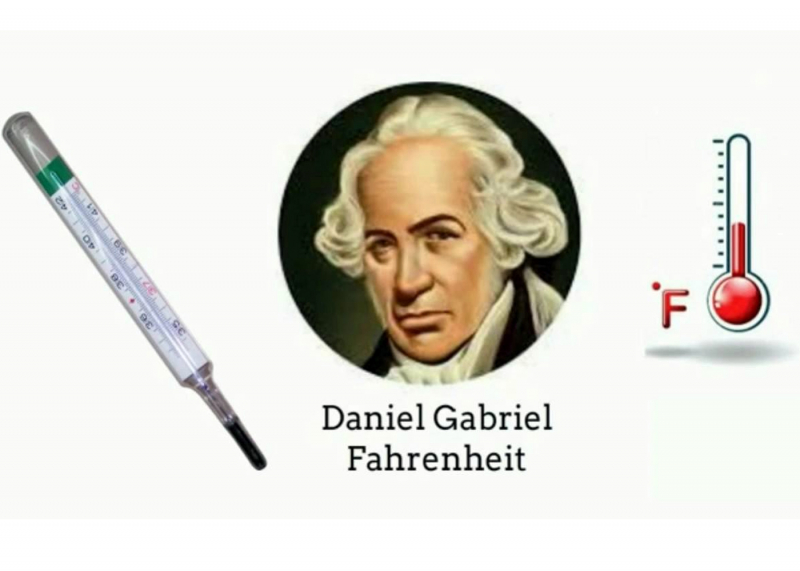
Source: Online Quiz Test 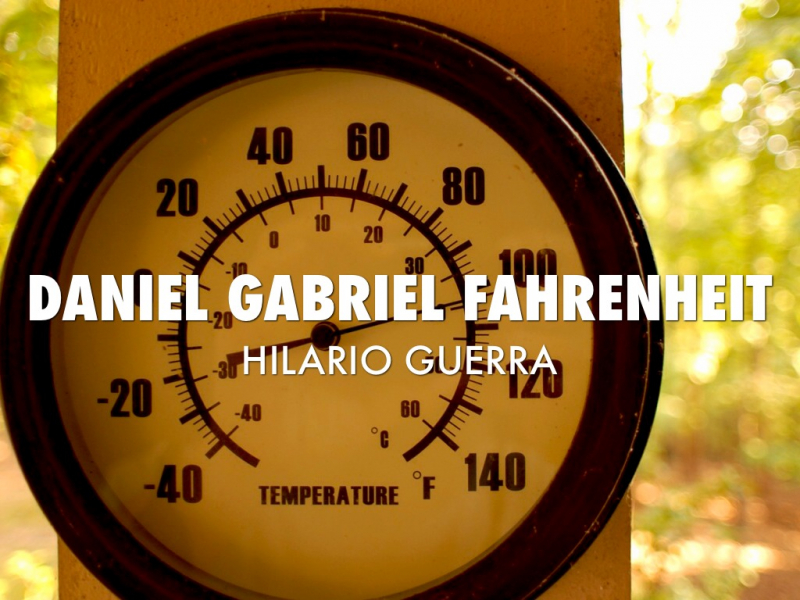
Source: Haiku Deck










